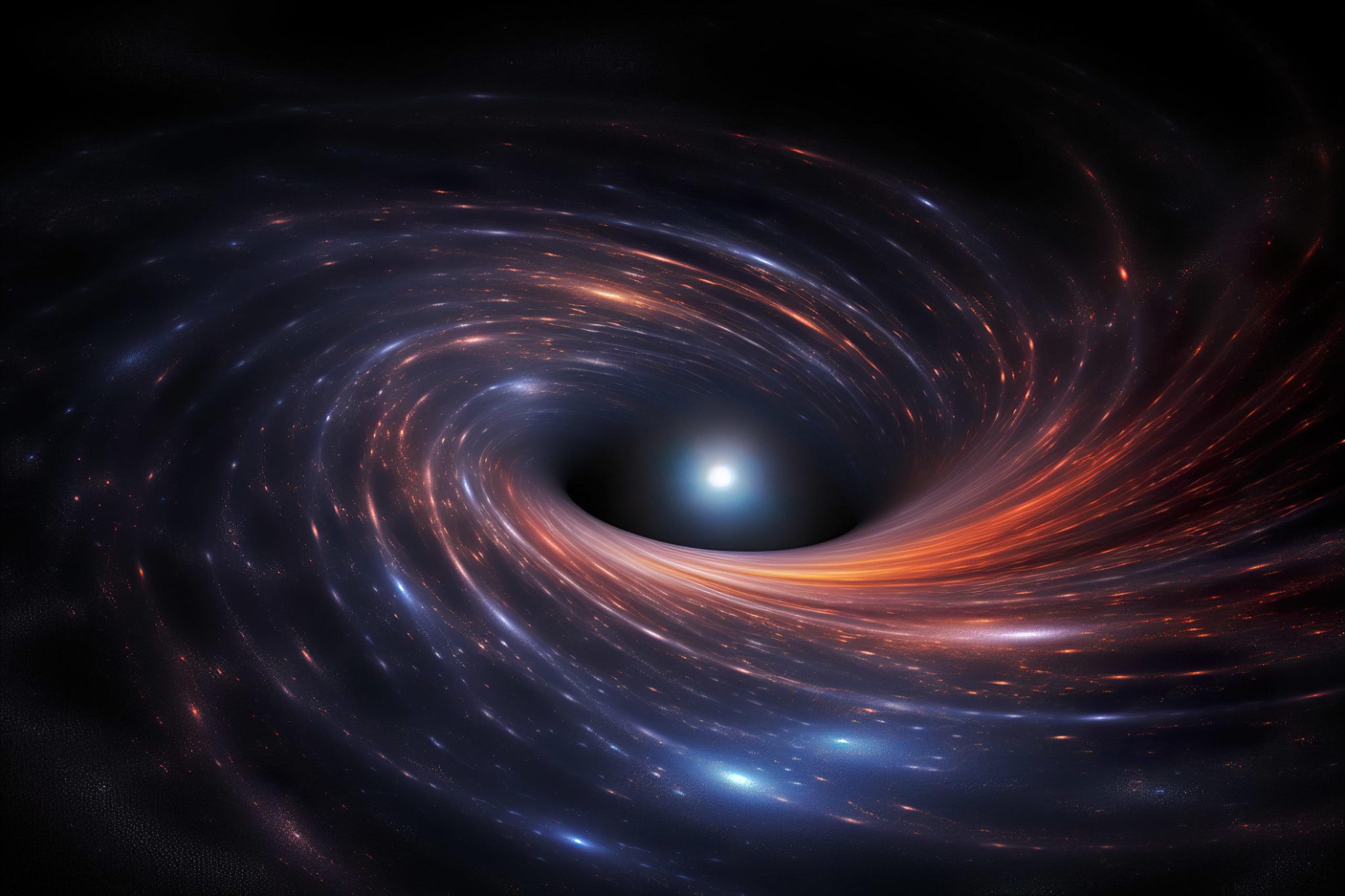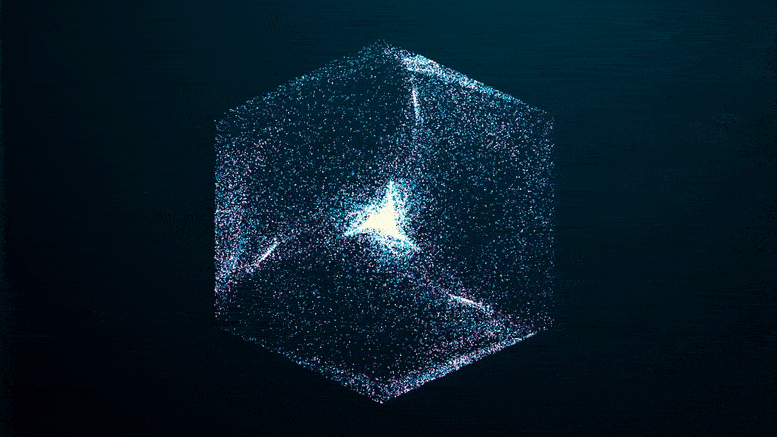Einstein’s Challenge – A new study suggests that dark matter interacts with gravity in a non-local way


A new study from SISSA indicates that dark matter interacts with gravity in a non-local way, challenging traditional theories and offering new perspectives on the nature of dark matter. Using fractional calculus, the researchers found that this non-local interaction more accurately describes the motion of stars, especially in smaller galaxies.
A recent study from SISSA proposes a new model for the nonlocal interaction between galactic dark matter and gravity.
Isaac Newton described his theory of gravity as a force acting instantaneously through space: a planet instantly senses the effects of another astronomical body, regardless of the distance between them. This aspect inspired Einstein to create his famous theory of general relativity, in which gravity becomes a local distortion of space-time.
The principle of locality states that an object is only directly affected by its surroundings: distant objects cannot communicate instantaneously, only what is here and now matters. However, in the last century, with the birth and development of quantum mechanics, physicists have discovered that non-local phenomena not only exist, but are fundamental to understanding the nature of reality.
Now, a new study from SISSA – Scuola Internazionale Superiore di Studi Avanzati, recently published in the Astrophysical JournalHe points out that dark matter, one of the most mysterious components of the universe, interacts with gravity in a non-local way. According to the authors, Ph.D. Students Francesco Benetti and Giovanni Gandolfi, along with their supervisor Andrea Lapi, the discovery could provide a new perspective on the still unclear nature of dark matter.
Dark matter is an essential component of nature: it is responsible for creating the structures we observe in the universe today and surrounds the luminous matter in galaxies, contributing to the motion of the stars we see in the sky. However, the nature of dark matter, especially its interaction with gravity in smaller galaxies, remains mysterious.
“In recent decades, the scientific community has made great efforts to understand these mysterious phenomena, but many questions remain unanswered. To explore the nature of dark matter and its interaction with gravity, a new approach may be necessary. New research conducted by SISSA has thoroughly explored this path interesting.
The study proposes a new model for the nonlocal interaction between a galaxy’s dark matter and gravity: “It is as if all the matter in the universe is telling the dark matter in the galaxy how to move,” say the authors.
To model this nonlocal region, fractional calculus was used, a mathematical tool that was first developed in the 17th century and has recently found applications in various fields of physics. The power of this calculus in astrophysics has never been tested before.
“We wondered whether fractional calculus could be the key to understanding the mysterious nature of dark matter and its interaction with gravity. Surprisingly, experimental results on thousands of galaxies of different types showed that the new model more accurately describes the motion of stars than the standard theory,” the authors explain. for gravity.
This nonspace seems to manifest as the collective behavior of dark matter particles within a confined system, proving particularly important in small-scale galaxies. A comprehensive understanding of this phenomenon can bring us closer to the truth about dark matter.
“However, there are still many questions that need to be answered,” the authors emphasize. “How exactly does nonlocality appear? What are their effects within larger structures, such as galaxy clusters, or in the phenomenon of gravitational lensing, which allows us to observe distant celestial bodies?
Moreover, it will be necessary to revisit the Standard Model of cosmology given this new mechanism.
“More studies will be conducted to explore all of these implications and more. We will not be surprised to discover that other unsolved questions about the universe could be solved by the newly proposed nonlocality.”
Progress in understanding the nature of dark matter represents an important step toward better knowledge of our universe. Ongoing research continues to provide new perspectives and brings us closer to a comprehensive understanding of the phenomena that surround us.
Reference: “Dark matter in fractional gravity. I. Astrophysical tests on galactic scales” by Francesco Benetti, Andrea Lapi, Giovanni Gandolfi, Paolo Salucci, and Luigi Danis, 31 May 2023, Astrophysical Journal.
doi: 10.3847/1538-4357/acc8ca




